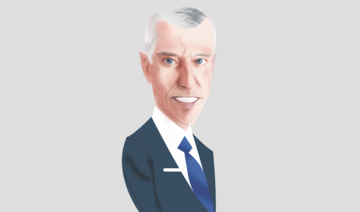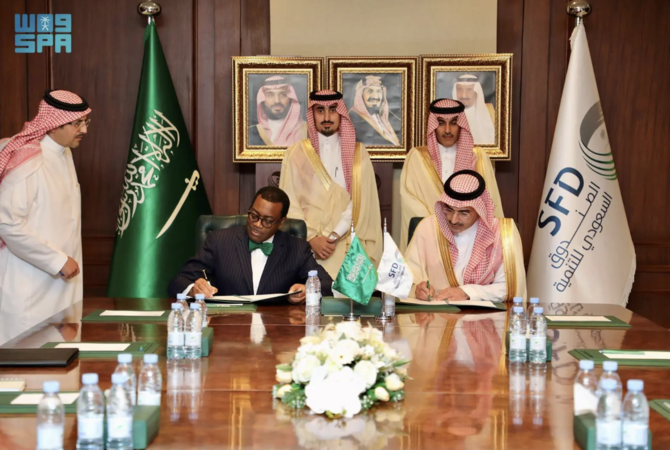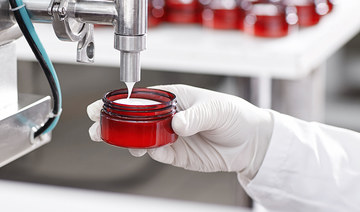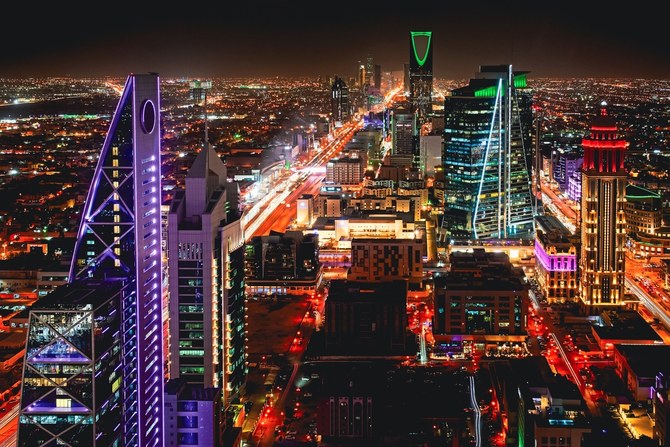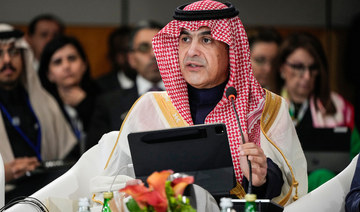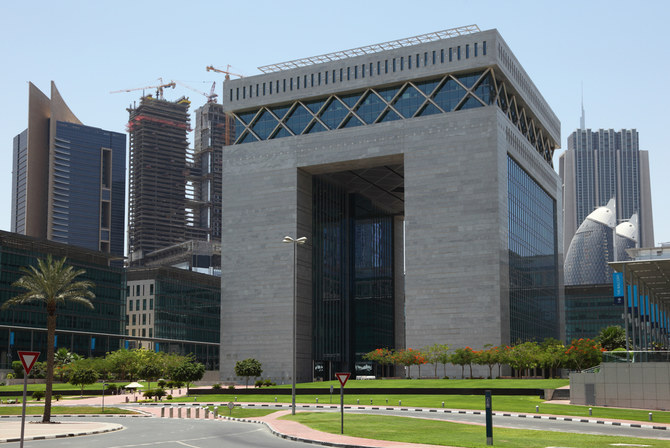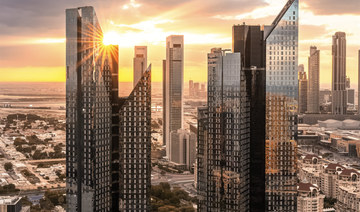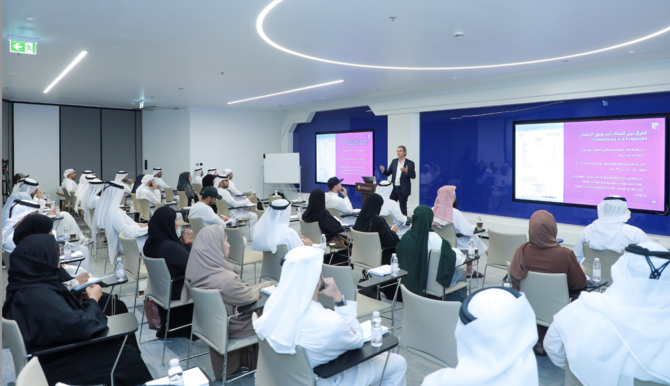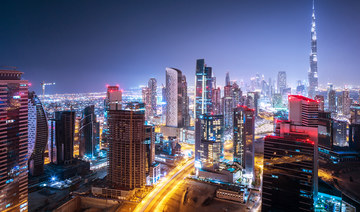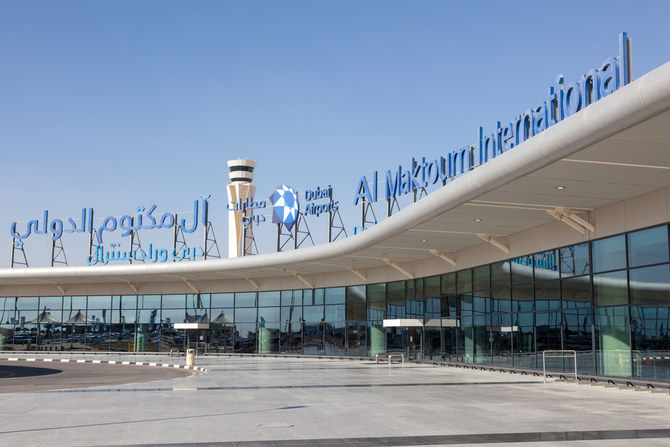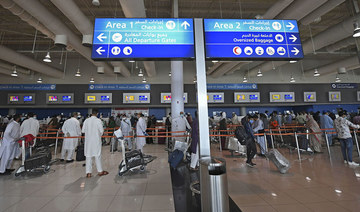LONDON: Simon Murphy has a mountain to climb. He is in charge of one of the most ambitious urban regeneration projects on the planet — the £9 billion ($12 billion) rebuilding of the Battersea Power Station in London and the area around it — in the middle of unprecedented political turmoil and uncertainty in Britain, against the background of an unpredictable property market and fragile international investor sentiment.
The project has been called “the Everest of real estate”, not only because of its grand scale and high ambitions, but also because it has defeated a number of attempts to conquer it. But in a couple of years time, when American giant Apple sets up its UK campus in the old power station, Murphy will be able to claim victory.
“Essentially, we are creating an entirely new town center for London on the banks of the River Thames, across from Chelsea with the former power station, one of the greatest and most iconic buildings in the city, sitting at the heart of it. We are complementing this with new “icons” — wonderful buildings designed by Gehry & Partners and Foster & Partners along our new High Street. It’s a very mixed use scheme of which about half is residential and half commercial,” he said.
Murphy, a former banker and accountant, took over as chief executive officer of Battersea Power Station (BPS) Development Corporation last year, having been the deputy chief and chief financial officer since 2012.
The power station and its surroundings had been derelict for more than 30 years after new power facilities were located further out from the UK capital, but the station itself — classed as a “listed” building because of its architectural heritage and historic status — could not simply be demolished.
The financial crisis left the project in disarray when one set of investors pulled out, but BPS found new backers in the form of a consortium of investors linked to the Malaysian government. “We are very fortunate to have shareholders with both vision and a long-term approach to development. It means we are able to do justice to this building and site. They bring financial strength but equally importantly huge experience of completing large mixed-use developments which is clearly very relevant,” Murphy said.
The Malaysians — including the trading conglomerate Sime Darby and property developer SP Setia — are “good citizens of London,” Murphy added, and have donated significant amounts to local charities through the BPS Foundation.
He is looking for other “good citizens” too, in the shape of foreign investors willing to buy property on the 42-acre site, including potential Arabian Gulf clients. “While over 50 percent of sales have gone to British buyers, we continue to see strong levels of interest from the Gulf, including Saudi Arabia, the UAE and Kuwait. Purchasers from the region have typically bought as an investment, either with a view to letting the property, or for their families and children to live in whilst studying, for example. They like the central location and the great mix of uses and amenities, as well as the fact that it is secure.”
Persuading Middle East investors to go south of the river has not been an easy task in the past. They prefer the “golden triangle” around Mayfair, Belgravia and Knightsbridge, with a few occasionally heading out into the wilds of Kensington and Chelsea. But Murphy thinks that will change.
----------
BIO
BORN
Essex, UK, 1964
EDUCATION
University of Southampton BSc Economics
CAREER
•Coopers & Lybrand, Accountant
•HSBC, Investment banker
•Chief Financial Officer, BPS
•Chief Executive Officer, BPS
----------
“We have already seen significant interest from purchasers who might traditionally have opted for property in the so called ‘golden postcodes’ which are incidentally less than a mile away. First, they like the fact that this is a growth zone – they can see the potential for value uplift because it is being regenerated – the new tube line, the restoration of the Power Station, new shops – all of this brings value to the area so it makes for a compelling investment case. They love the fact that it’s on the river, within walking distance of the boutiques on Sloane Square and just a short stroll from Battersea Park’s 200 acres of green space.”
But how do potential investors see the future for London as the UK grapples with the challenge of accomplishing Brexit — the process of leaving the EU after the 2016 referendum? Some property experts predict leaving the EU will affect UK property prices for decades.
“While no business is totally immune, we are not concerned. We have sold in excess of £125 million of residential property in the past year alone and continue to command a premium compared to other neighboring schemes. Despite the ongoing uncertainly surrounding Brexit, we believe that London will continue to thrive as a global financial hub.
“It has such strong fundamentals that are not going to change, whatever happens with Brexit; a robust regulatory framework, a favorable time zone, high security levels, excellent schools and universities, a highly skilled workforce and fantastic cultural attractions – all of these will remain in place.
“So London will continue to be a top choice for global investors looking for a place to live, work and invest. The commitment to London of many of the major technology companies since the Brexit vote supports this view,” he said.
London will continue to be a top choice for global investors as a place to live and work.
Simon Murphy
The economics of the project are daunting. The gross development value is £9 billion, and so far the Malaysians have put in £1 billion. BPS spends £2 million per day on the restoration of the power station alone, with 2,800 workers on site.
How does Murphy rate his chances of delivering on time and on budget?
“We have a great momentum on site now and are making excellent progress,” he said, admitting they have faced challenges along the way. “With the first phase now complete and alive with residents, shops, cafes and restaurants, we are focused on completing the Power Station by the end of 2020, which will be a the most significant milestone yet. The countdown is on and we can’t wait to open the doors to the public in 2021, when they’ll be able to come in and experience this magnificent building, as well as enjoy all the shops, restaurants, the cinema, events and of course the wonderful park in front of it all. The High Street, Phase 3, will be open from mid-2021,” he added.
The power station has been a familiar landmark for Londoners for generations, and was famously featured on an album cover by the rock bank Pink Floyd, so it has obvious cachet for any would-be investor or tenant who would like to join Apple.
Murphy explained: “We recently let the remaining 40,000 square feet of office space in the Power Station to No.18, a business members club, so we will have lots of small businesses and entrepreneurs working alongside Apple, which is great. We are having some really good conversations with lots of exciting retail brands, both in the UK and around the world, who are keen to take space in the Power Station and have signed our first leases. We will announce the first wave of retailers in the next few months. We are looking at working with brands that are going to offer something really different and unique, giving visitors an unrivaled experience when they come here.”
Whoever does eventually sign up will join more than 1,000 residents already living there in Circus West, the first phase of the project, in a neighborhood of independent restaurants, cafes, bars, cinemas and shops.
“It’s really exciting to see it all taking shape and to see the sense of community that is emerging here. One resident tells me she has made more friends living here in the past year than she had in the last decade in her previous home,” Murphy said.





